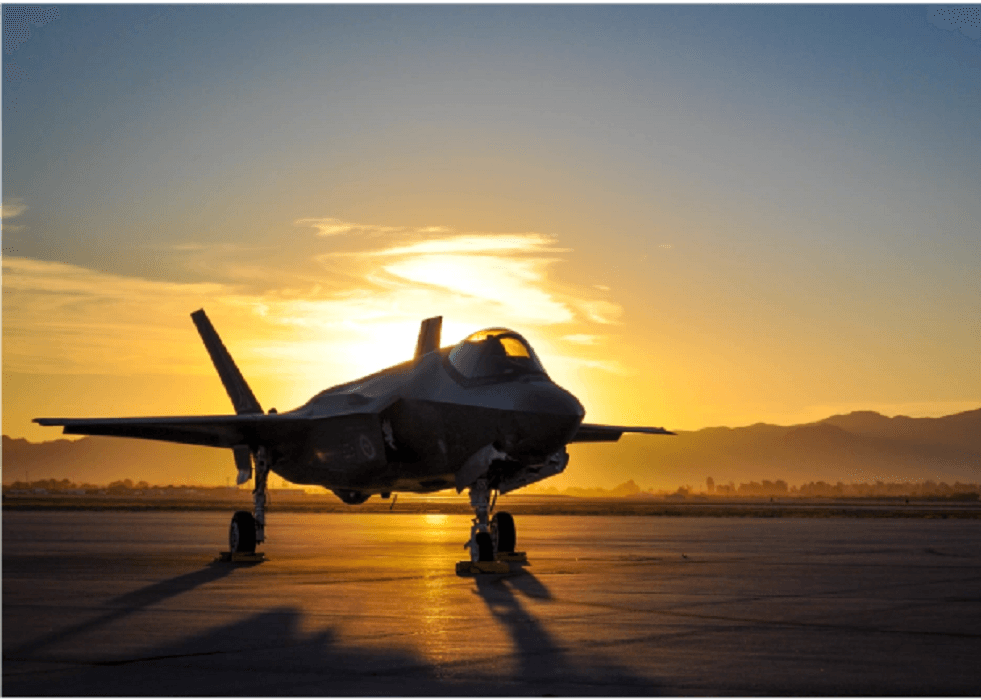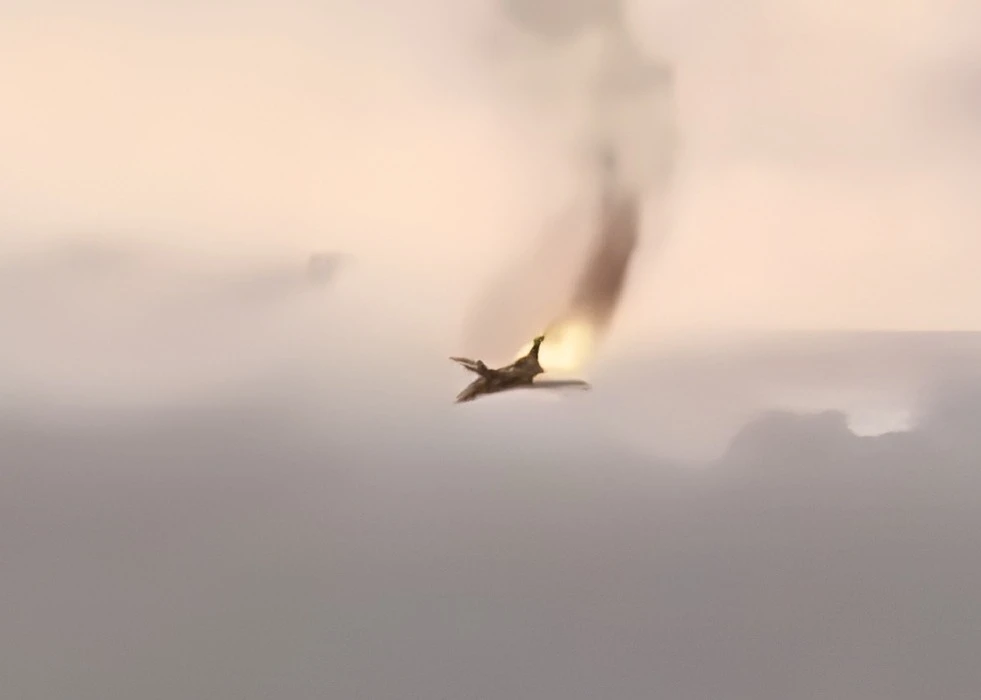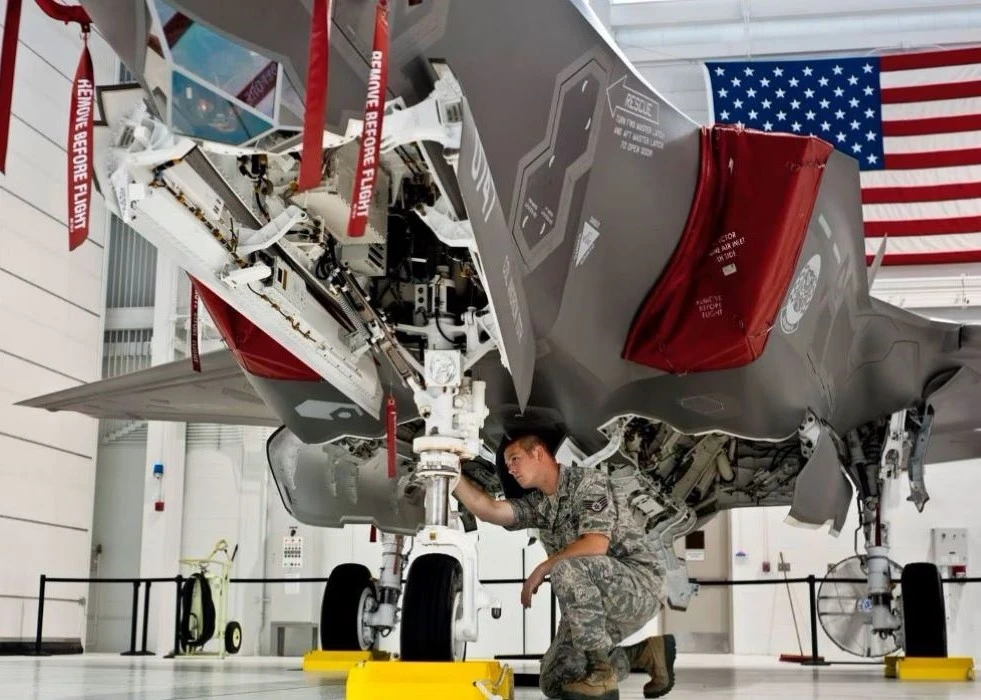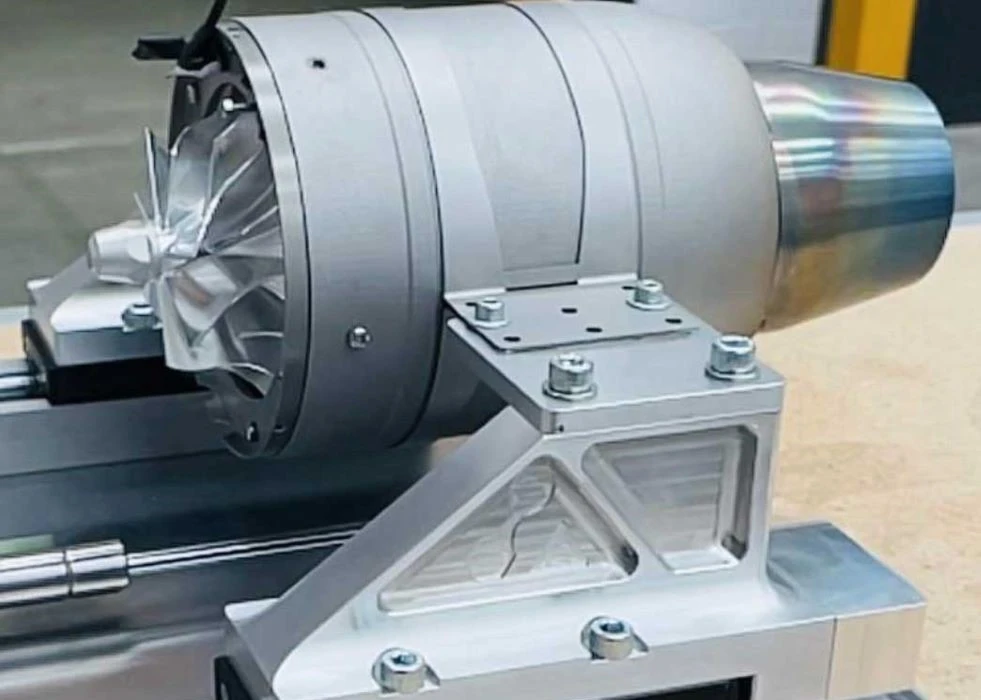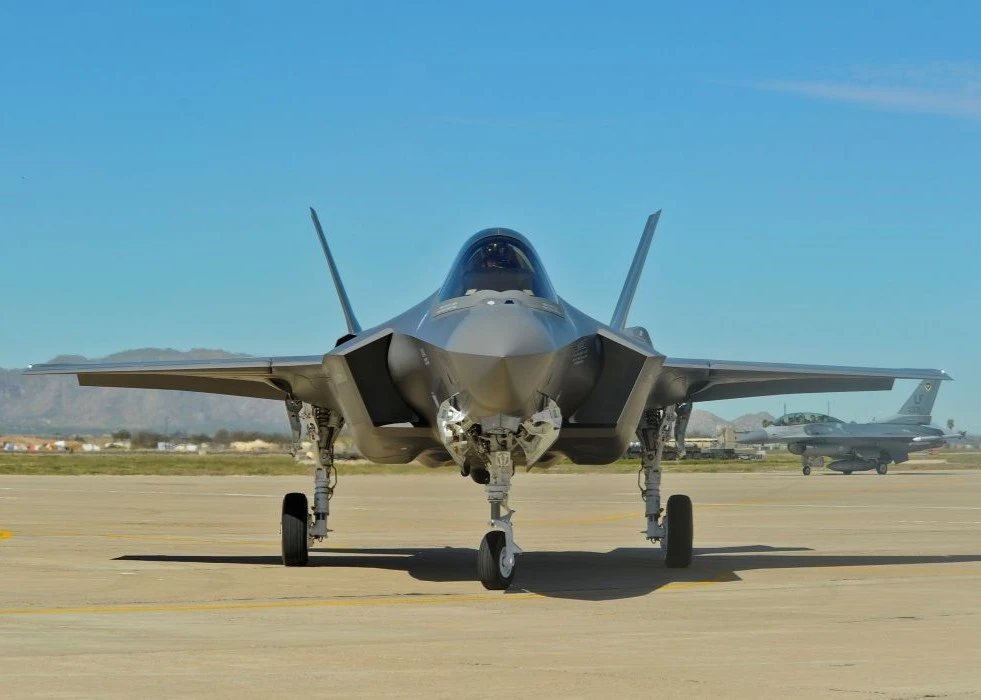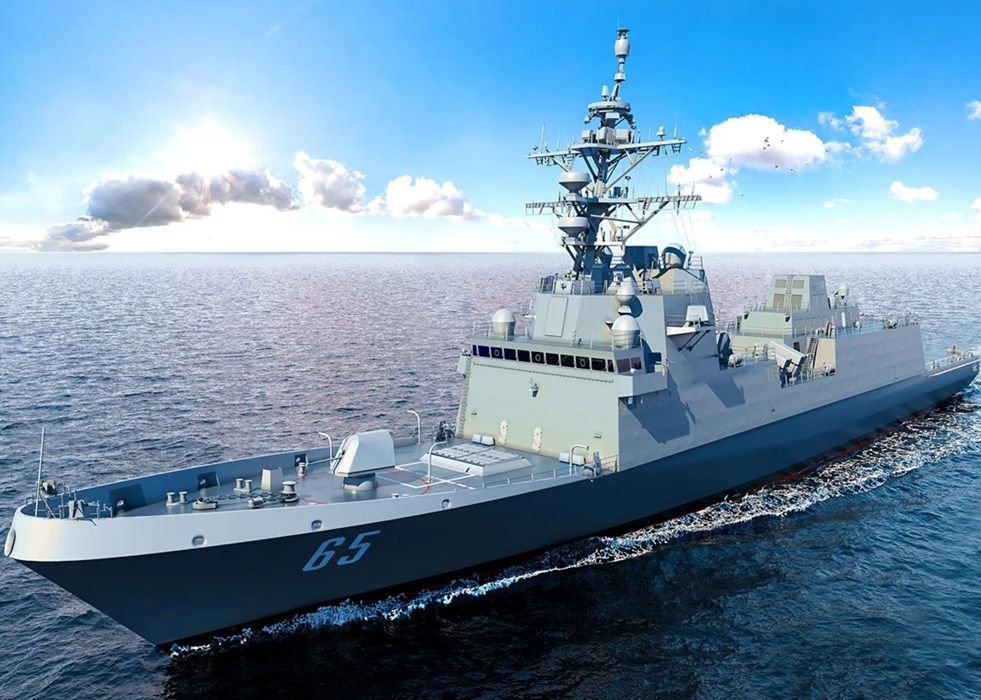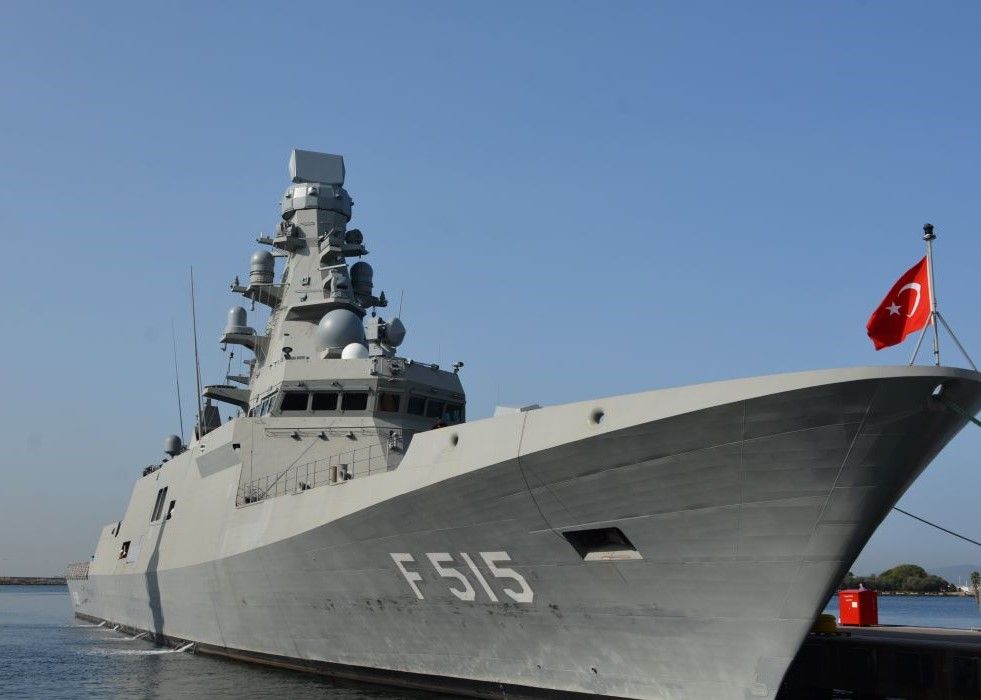The Government Accountability Office (GAO) determines the F-35 aircraft as Pentagon’s “most expensive weapon system” and states that it is “more than a decade behind schedule.” The GAO indicates that the budget exceeded $183 billion over initial cost estimates.
According to the GOA’s report “F-35 Joint Strike Fighter: More Actions Needed to Explain Cost Growth and Support Engine Modernisation Decision”, published on May 30th, 2023, there is an ongoing discussion about an upgrade on “its engine and cooling system”. The GAO states that “some important steps, such as fully assessing the costs and technical risks of the different options”, are not assessed yet. The GAO accuses Pentagon of not having a plan to manage the upgrades in a separate acquisition programme.
The GAO discovered that the F-35 programme is still experiencing schedule delays, cost increases, and late delivery. Delays in completing the F-35 simulator have prevented the Pentagon from finishing the testing required to demonstrate that the F-35 is ready for total manufacturing rates, even though the programme already produces more than 125 aircraft per year.
Total procurement expenses for the F-35 programme have risen by $13.4 billion since the last cost estimate in 2019. This is due, in part, to the Department of Defence spacing out aircraft purchases and adding years to its delivery timetable. Contractors are also having difficulty delivering aircraft and engines on time, but they are striving to resolve these concerns.
Furthermore, the Department of Defence has been working for five years to modernise the capabilities of the F-35. This initiative, dubbed Block 4, is facing development delays due to critical technological improvements. Block 4 expenses have also risen to $16.5 billion, a more than $1 billion increase since the last GAO report.
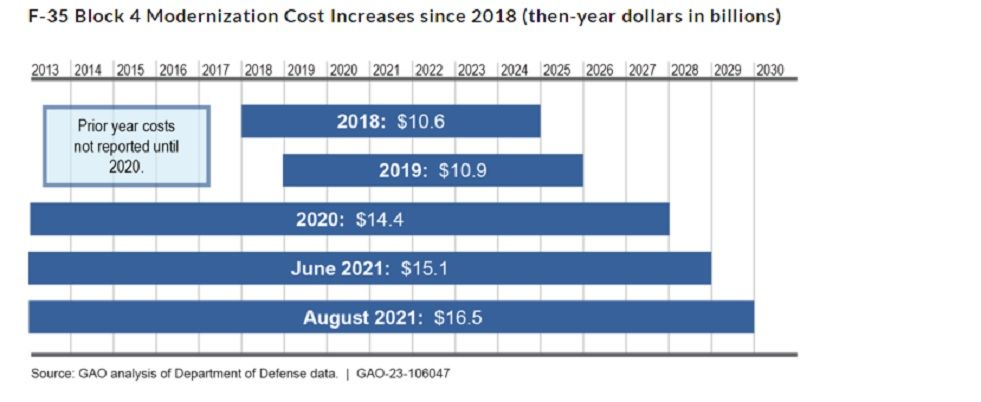
The cost reporting procedures in the programme do not entirely explain the causes of cost growth. For example, the Department of Defence’s disclosures to Congress on Block 4 cost increase do not differentiate between higher-than-expected expenditures for previously scheduled Block 4 capabilities and growth owing to the addition of new capabilities. As a result, Congress lacks a clear picture of the growing F-35 upgrading expenses.
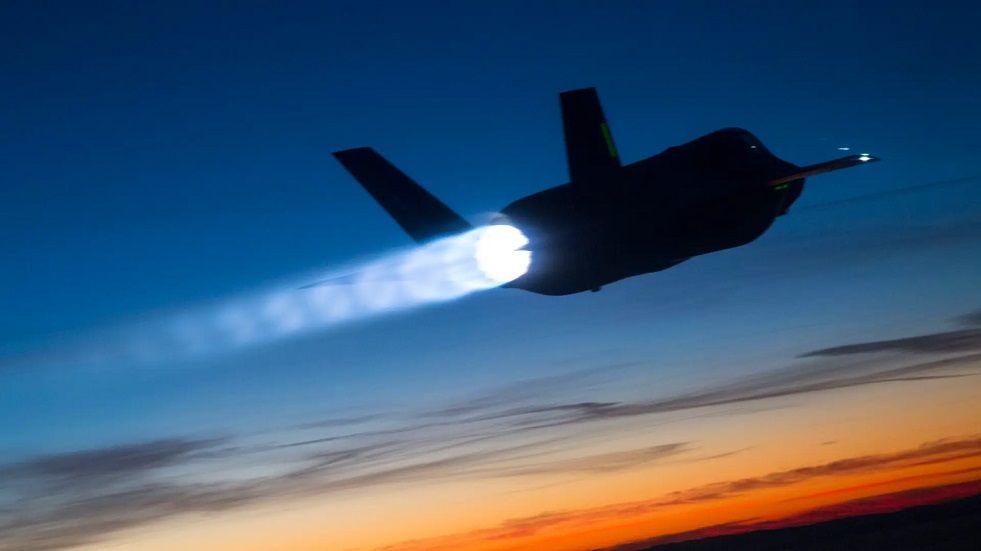
The programme looks into modernising the F-35’s engine and thermal management system, which cools hot aircraft subsystems. The programme intends to administer this multibillion-dollar endeavour through the existing programme, which will soon shift to sustainment, limiting congressional oversight. The overburdened cooling system forces the engine to operate outside its specified boundaries. The added heat increases engine wear, shortens engine life, and adds $38 billion in maintenance expenditures.

